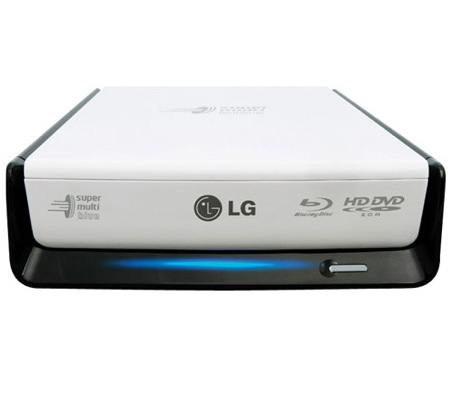A disk cache is a mechanism for improving the time it takes to read from or write to a hard disk. Today, the disk cache is usually included as part of the hard disk. A disk cache can also be a specified portion of random access memory (RAM). The disk cache holds data that has recently been read and, in some cases, adjacent data areas that are likely to be accessed next. Write caching is also provided with some disk caches.
File Compression
File compressing is a process of encoding information using less bits than the original one would use. Compression helps reduce the consumption of expensive resources, such as hard disk space or transmission bandwidth. On the downside, compressed data must be decompressed to be used and this extra processing may be detrimental to some applications. The design of data compression schemes therefore involves trade-offs among various factors, including the degree of compression, the amount of distortion introduced (if using a lossy compression scheme), and the computational resources required to compress and uncompress the data.
File Decompression
Compressed files save space, and if they are being transferred across the web, bandwidth. Compressed files or archives must be decompressed to be used. Decompression requires processing power. Decompression of file archives can be achieved on all computers, but live decompression of video requires much more powerful hardware.
Internet Hard Drive
The sole purpose of an Internet hard drive is to offer a means of accessing your computer files (pictures, documents, music, videos, etc.) from any computer, as long as that computer has access to the Internet. Similar to depositing money into your bank account, and later withdrawing that same money from any ATM machine, an Internet hard drive will allow you to "deposit" your computer files into a remote hard drive, and then later access those very same files from any other computer.
Optical Disc Drive
In computing, an optical disc drive (ODD) is a disk drive that uses laser light or electromagnetic waves near the light spectrum as part of the process of reading or writing data to or from optical discs. Some drives can only read from discs, but recent drives are commonly both readers and recorders. Recorders are sometimes called burners or writers. Compact discs, DVDs, and Blu-ray discs are common types of optical media which can be read and recorded by such drives.
Solid-Stage Storage
Solid-state storage is a nonvolatile, removable storage medium that employs integrated circuits (ICs) rather than magnetic or optical media. It is the equivalent of large-capacity, nonvolatile memory. Examples include flash memory Universal Serial Bus (USB) devices and various proprietary removable packages intended to replace external hard drives.
The main advantage of solid-state storage is the fact that it contains no mechanical parts. Everything is done electronically. As a result, data transfer to and from solid-state storage media takes place at a much higher speed than is possible with electromechanical disk drives. The absence of moving parts may translate into longer operating life, provided the devices are reasonably cared for and are not exposed to electrostatic discharge.





No comments:
Post a Comment